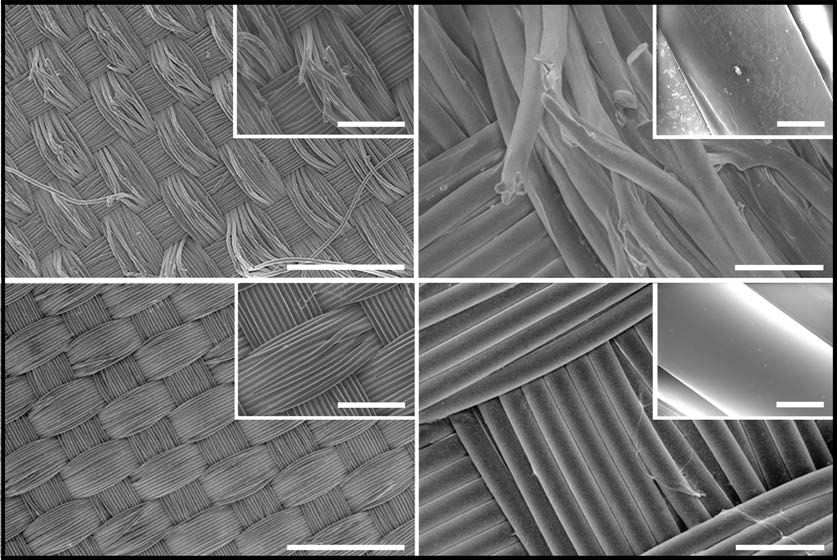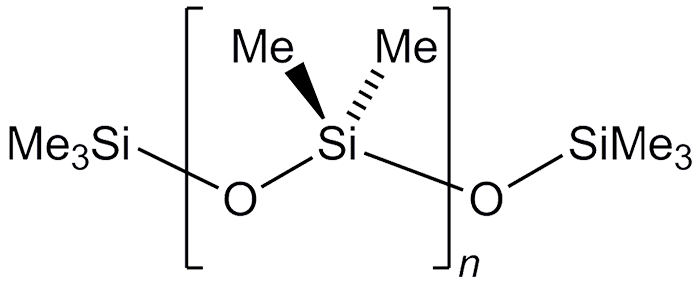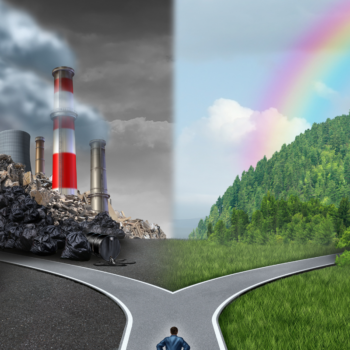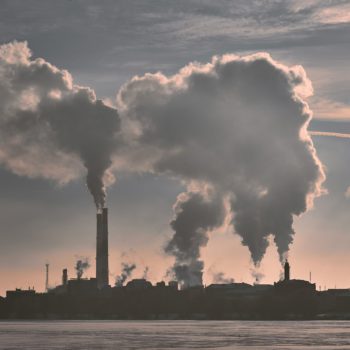|
|
Canadian scientists have developed a method to tackle microfibers, which shed from our clothing into the environment. Their newly developed coating could replace harmful chemicals previously used to cover clothing, such as POLY(DIMETHYLSILOXANE), also known as dimethicone. This compound could be a savior against microplastics from clothing and “ever lasting chemicals,” perfluoroalkyl substances, often used in fiber coatings in factories.
Let’s start from the beginning, with synthetic fibers. Today, they account for over half, precisely 60 percent, of all textiles produced globally. They have many advantages but one significant drawback.
Today scientists estimate that textiles produce 35% of the microplastic pollution in the world’s oceans (in the form of synthetic microfibers), which would make textiles the largest known source of marine microplastic pollution.
https://www.nytimes.com/wirecutter/authors/katie-okamoto/
Friction during washing in machines causes tiny fragments to break off from synthetic fibers. These fragments are too small to be caught by washing machine filters or seen with the naked eye, measuring less than 500 micrometers (half a millimeter).
These microfibers are also too small to be captured by sewage treatment plants or water purification and treatment station filters. Consequently, they end up back in our tap water and, of course, flow from rivers into seas and oceans.
Microfibers in the Arctic and the Himalayas
Do these microfibers end up in animals and humans? Absolutely.
Microscopic plastic particles have been found in over a hundred animal species (as reported by “Encyclopaedia Britannica“). Scientists have also discovered them in the ice caps of the Arctic and the Himalayas. Microplastics are now virtually everywhere on Earth.
They have been detected in tap water, bottled water, beer, commercially available sea salt, and fish. It’s not surprising that in 2018, microplastics were found in the feces of all subjects tested. And in 2022, scientists found them in most blood samples (17 out of 22) of the people tested.
Do they harm us? We don’t know yet. They certainly harm aquatic organisms and birds. Consuming plastic fragments causes inflammation of the digestive tract and fibrosis of tissues in birds (a condition scientists have termed “plasticosis”).
There shouldn’t be any microplastics (or plastic waste) in the environment at all.
Our Clothes in the Oceans
Scientists estimate that about one-third of the microplastics in the oceans come from textiles. The remaining two-thirds are from broken-down plastic waste.
Previous attempts to combat microfibers from our clothes involved filtering. Special laundry bags designed to catch them and special filters for washing machines have been invented (in Ontario, Canada, the use of such filters has been mandated by law).
Researchers at the University of Toronto believe they have found another way. They suggest that synthetic fibers can be coated with dimethicone, or polydimethylsiloxane. This reduces the release of microfibers during washing by tenfold. But is it safe?

Poly(dimethylsiloxane), a silicone-based polymer, consists of alternating oxygen and silicon atoms (with the silicon atoms connected to two methyl groups, -CH3).

It is used in contact lens production, as a food additive, a cosmetic ingredient, and a medication (it’s used against bloating, as it reduces the surface tension of gas bubbles in the intestines, facilitating their absorption and elimination. In this role, it appears alone or combined with silica, then called simethicone).
These applications suggest that it is harmless to the body. It is also inert to other living organisms and the environment. While it doesn’t biodegrade on its own, certain organisms, like mussels, can break it down (as claimed by “Ullmann’s Encyclopedia of Industrial Chemistry”).
An Alternative to “Ever lasting Chemicals”
PDMS, the abbreviation for poly(dimethylsiloxane) in English literature, has another advantage. It can replace harmful perfluoroalkyl substances, known as PFAS or “ever lasting chemicals.”
These are hydrocarbon molecules where hydrogen atoms are replaced (entirely or in large part) by fluorine atoms. They are used, among other things, to coat fabrics, making them water-resistant while maintaining breathability. For similar reasons, they are used to coat upholstery fabrics and carpets.
Many scientific studies indicate that PFAS disrupt human hormonal balance. They are suspected of being linked to various diseases, from infertility to cancer. But there’s a catch…
Human exposure to PFAS is widespread but variable by geography and occupation. PFAS are used in the aerospace, automotive, construction, and electronics industries. Over time, PFAS may leak into the soil, water, and air.
https://www.niehs.nih.gov/health/topics/agents/pfc/index.cfm
“Ever lasting chemicals,” or PFAS, mainly enter the environment from industrial plants (not our clothes).
They mainly enter our bodies through coatings on plastic and paper food packaging. Replacing fabric coatings with a health-neutral alternative will only eliminate a fraction of PFAS’s industrial use (though that’s still good).
Another issue is that synthetic fabric microfibers constitute one-third of the microplastics in the oceans. That’s good, but it still leaves the problem of the remaining two-thirds, which come from plastic packaging and products.
Most importantly, coating fabrics won’t remove the microplastics already floating in waters and flying in the air from the Arctic to Antarctica. About five billion tons of plastics are already circulating in the environment.
And every year, we produce 380 million tons of synthetic materials, a number that is steadily increasing. Will a solution be found?












